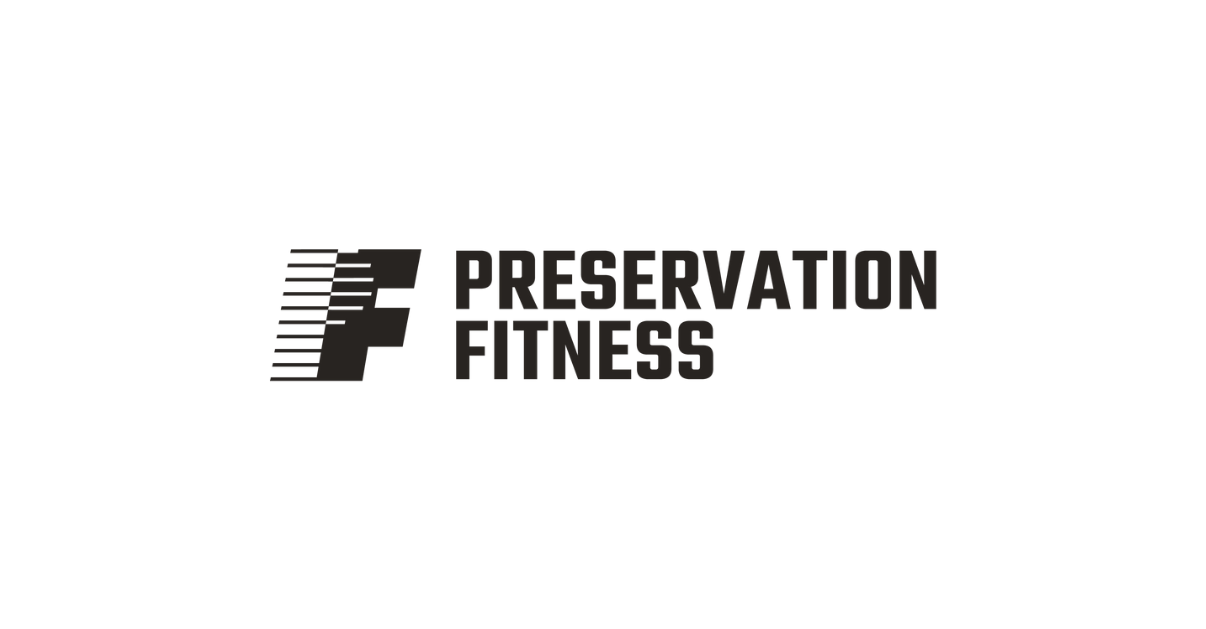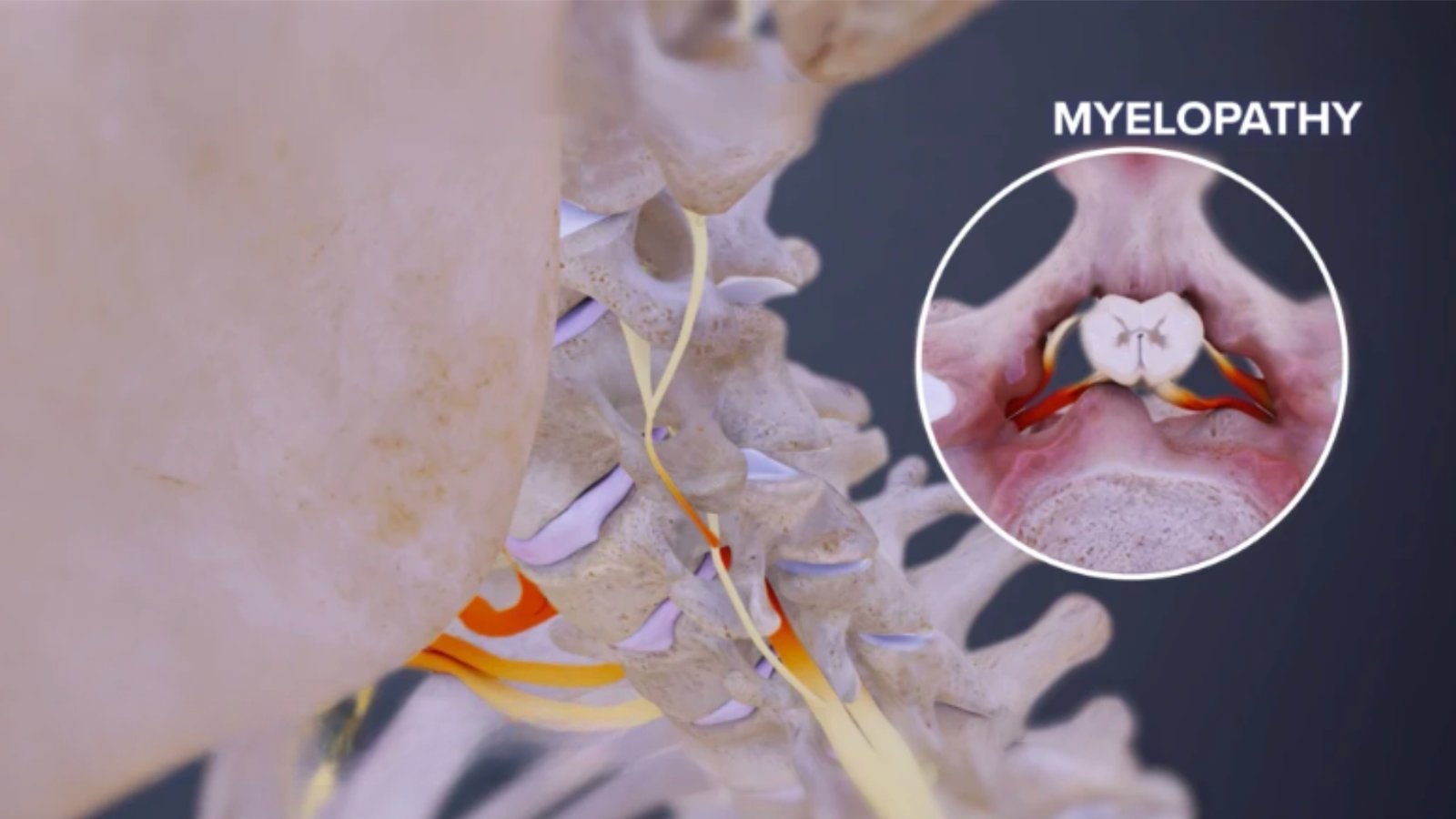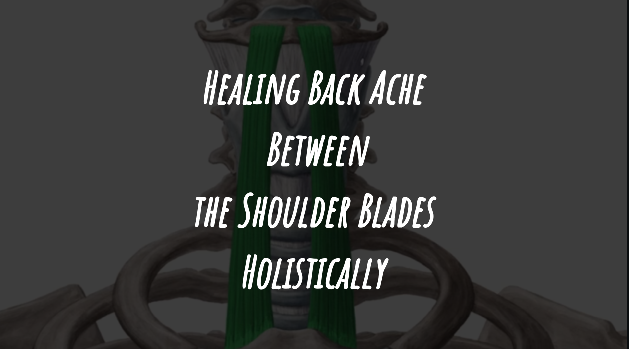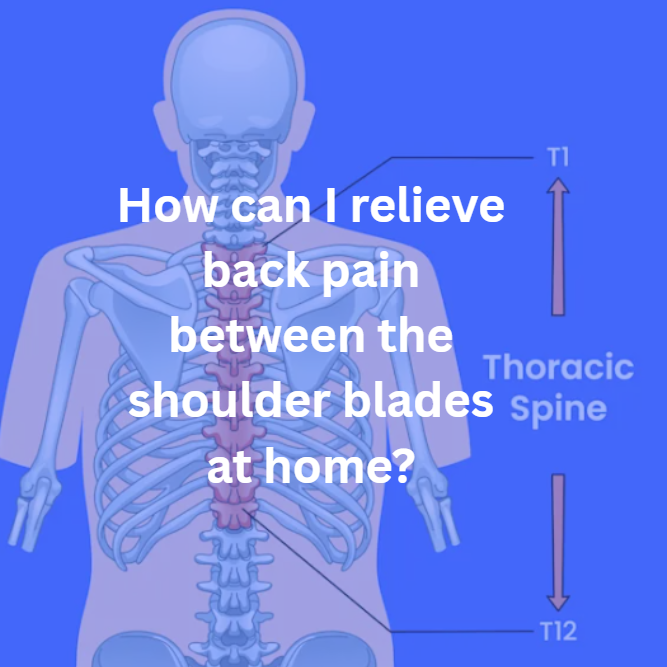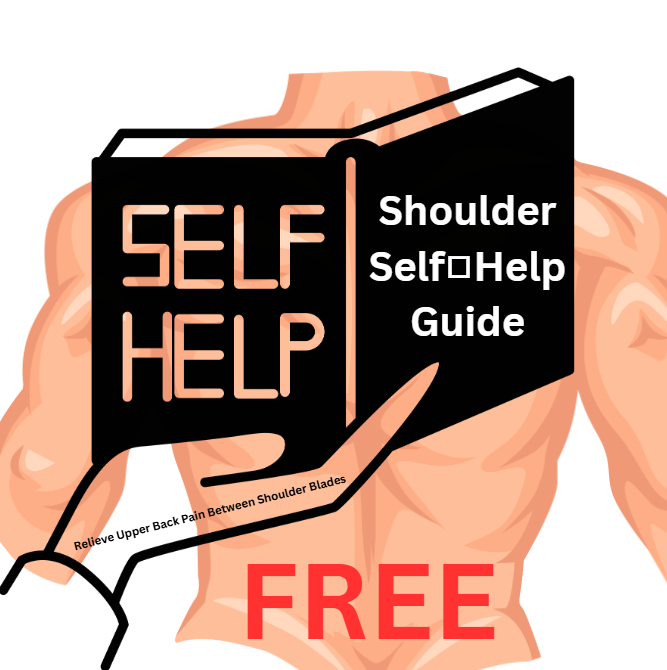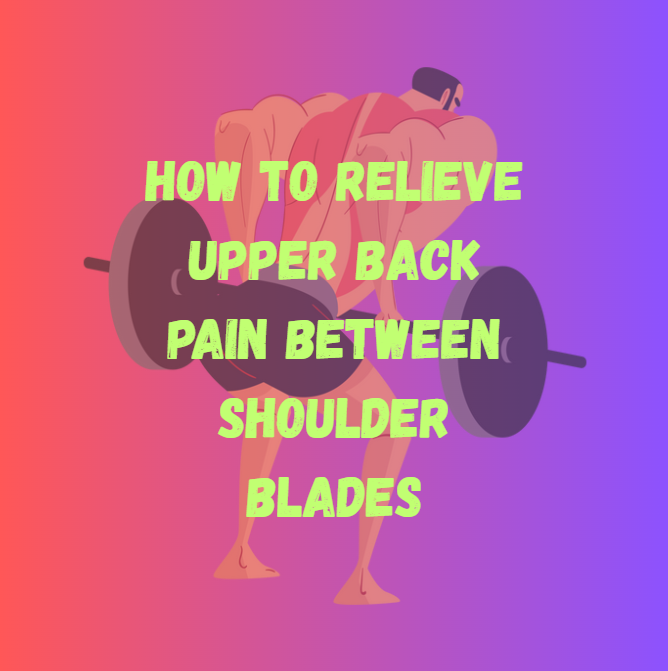
How to Relieve Upper Back Pain
How to Relieve Upper Back Pain Between Shoulder Blades With the Reverse Row
If you’ve ever suffered from upper back pain in between your shoulder blades, you’ll know how frustrating and uncomfortable it can be. This type of pain often comes from poor posture, muscle imbalances, or even injuries picked up at work, in the gym, or during sport.
Many people start by searching for a shoulder pain diagnosis chart to figure out the cause. While charts and diagrams are helpful for identifying possible issues, the real solution often comes down to strengthening weak muscles and correcting posture.
That’s where my exercise, the Reverse Row, comes in.
Why Upper Back Pain Between Shoulder Blades Happens
Pain in this area can be caused by:
- Slouching or hunching over at a desk
- Weak thoracic spine muscles
- Tight chest muscles pulling the shoulders forward
- Sports injuries that affect posture and shoulder stability
- Repetitive movements at work or during exercise
Some people even book into a sports injuries clinic near me when the pain gets severe. But what if you could start fixing it yourself at home, with a simple, targeted exercise and some changes to your desk posture?
The Reverse Row: A Simple Fix
The Reverse Row is a little-known but highly effective move that strengthens the thoracic spine and rear deltoids — two areas crucial for keeping the shoulders healthy and supported.
🎥 https://www.youtube.com/watch?v=45XOfdmRuG8)
Key Technique Tips:
- Hold resistance (like a band or kettlebell) out in front of you
- Pull through the elbows (not the arms) to isolate the back muscles
- Keep movements controlled and focus on squeezing the shoulder blades together
- Avoid straight-arm pulling, which shifts the work into the triceps instead
By activating the right muscles, the Reverse Row helps relieve tension and rebuild strength where you need it most.
How to Relieve Upper Back Pain Between Shoulder Blades Long-Term
Quick stretches and pain relief tips can provide short-term comfort, but the real solution is to build a stronger, more balanced upper back. That’s why the Reverse Row works so well — it doesn’t just ease the pain, it helps prevent it from coming back.
Pair this exercise with thoracic mobility work (see my video on strengthening your thoracic spine) and better desk posture habits for long-term results.
Next Step: Personalised Virtual Rehab
If your pain is persistent, or you’ve tried general advice without success, then a structured plan is the best option.
That’s why I created my Non-Surgical Treatments for Upper Back Pain program — a 1-to-1 virtual rehab service where I:
- Assess your posture and movement patterns
- Create personalised exercises for your thoracic spine and shoulders
- Provide ongoing coaching and support, all online
- Help you recover safely without the need for surgery or endless clinic visits
Final Thought
Looking at a shoulder pain diagnosis chart can give you insight into your symptoms, but targeted movement like the Reverse Row is what delivers real results.
Whether you’ve been considering a sports injuries clinic near me or simply want to know how to relieve upper back pain between shoulder blades, this exercise is a great place to start — and when paired with expert guidance, it could be your long-term solution.
👉 Try the Reverse Row today, and if you need a tailored plan, book your 1-to-1 Virtual Upper Back Pain Rehab here.
And if you want more expert resources on posture, recovery, and back health, explore my homepage to see all my programs.
✅ FAQ Content
Q1: What causes upper back pain between the shoulder blades?
Upper back pain in between the shoulder blades is often caused by poor posture, weak thoracic spine muscles, or repetitive strain. Sometimes sports injuries or desk posture habits can also be the trigger.
Q2: How can I relieve upper back pain between my shoulder blades fast?
Gentle stretches, posture correction, and exercises like the Reverse Row can help relieve upper back pain between the shoulder blades quickly. For long-term results, strengthening the thoracic spine is key.
Q3: Do I need to visit a sports injuries clinic near me for shoulder blade pain?
Not always. While severe injuries may require in-person treatment, many cases of backache between the shoulder blades can be treated with non-surgical, guided virtual rehab from home.
Q4: What is the best exercise for upper back pain relief?
One of the best exercises is the Reverse Row. By pulling through the elbows, you strengthen the rear delts and thoracic spine, which helps relieve pain and improve posture.
